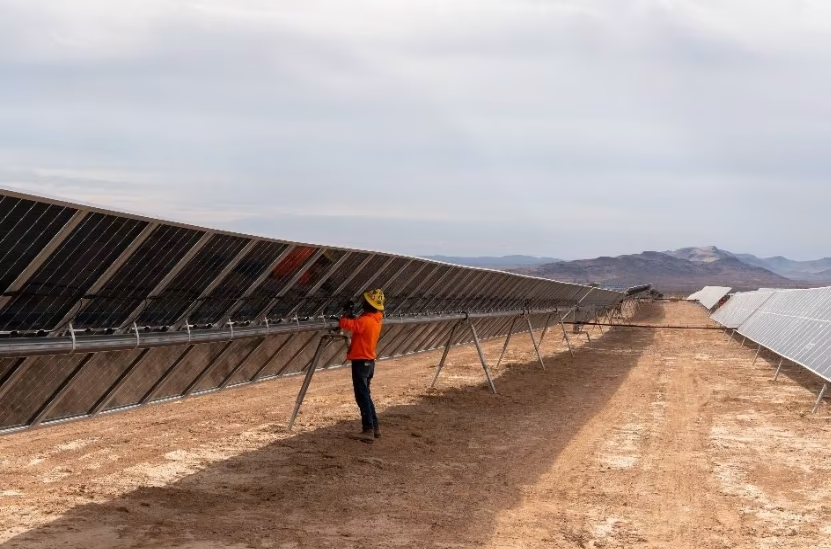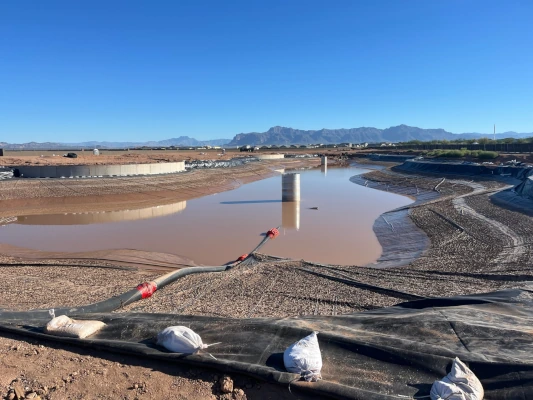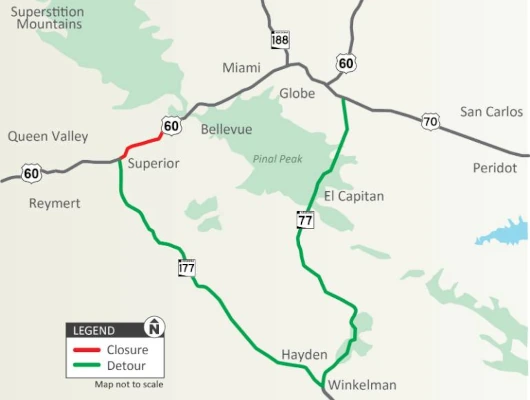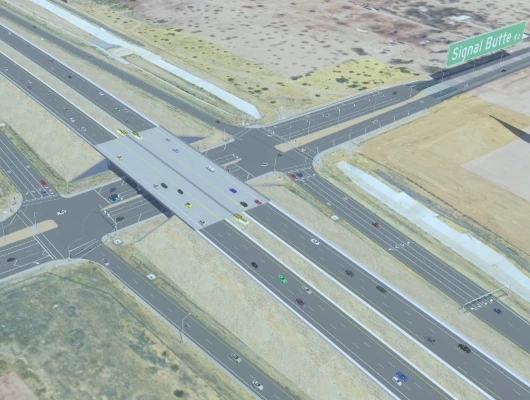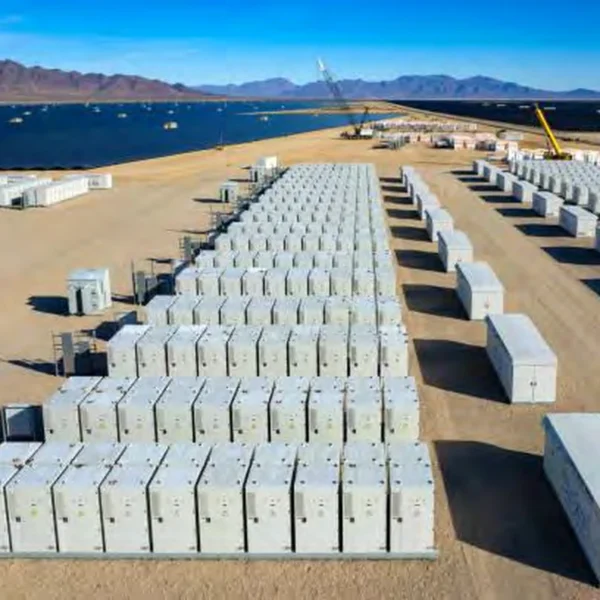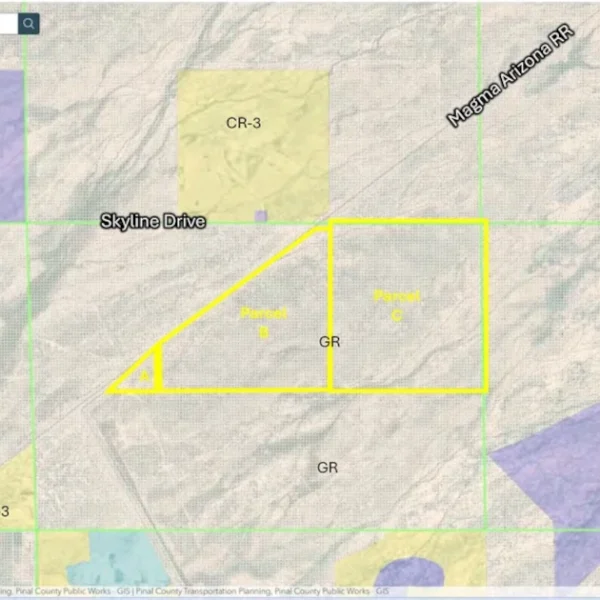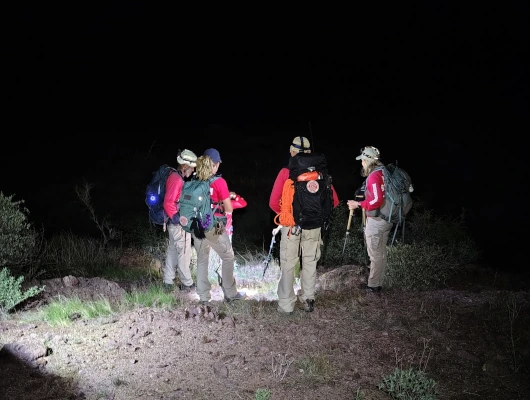A major solar energy project is being proposed for San Manuel, Arizona, where developer 310SM 8me LLC seeks to build a 145-megawatt photovoltaic solar power plant with a 145-megawatt battery storage system. The current proposal before the Pinal County Board of Supervisors is not for construction approval but rather a comprehensive plan amendment to rezone approximately 1,227.5 acres from Moderate Low Density Residential to Green Energy Production.
The proposed facility would include solar panel arrays, inverter stations, and a battery energy storage system (BESS). The solar panels would convert direct current (DC) to alternating current (AC) through inverters. The power would be transmitted through a 0.35-mile generation-tie transmission line connecting to the existing APS San Manuel Substation, where it would feed into the regional power grid. The BESS would store excess energy for distribution when solar generation is not available.


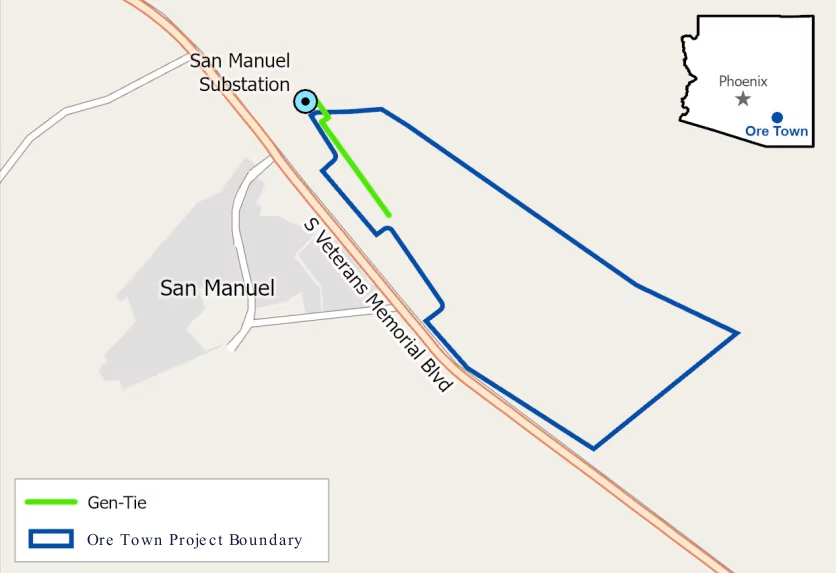
The project would be located on a portion of the former San Manuel Copper Mine site, which operated from 1955 to 2003. The developer selected this location due to its proximity to existing electrical infrastructure, relatively flat topography, and limited development potential due to its brownfield status. The site’s brownfield status indicates it is a previously industrial property where redevelopment may be complicated by the presence or potential presence of hazardous substances or contaminants. The site lies between Veterans Memorial Boulevard and mine tailings, with the Galiuro Mountains providing a backdrop. Mine tailings are the leftover materials from ore processing operations – essentially mining waste that is typically stored in large piles. According to BHP, the current landowner, residential development is not feasible on the property due to liability concerns related to the former mining operations and proximity to these tailings. The solar installation would limit public access to the contaminated area while putting the land to productive use.
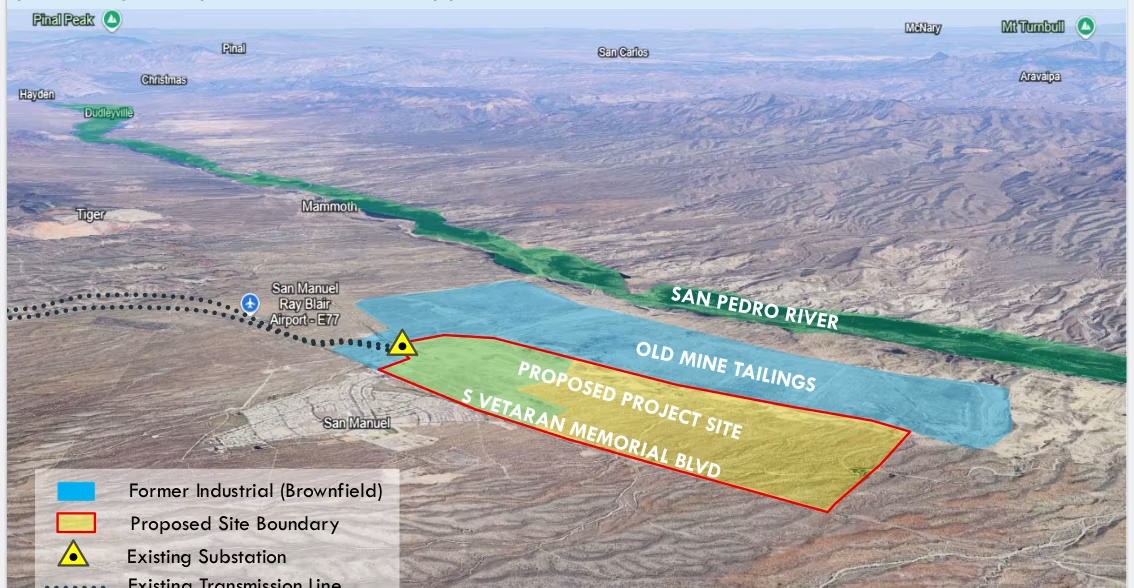
During public hearings, local residents expressed several concerns. Many worried about the fire safety of the battery storage system, citing incidents involving battery fires elsewhere. Others raised concerns about wildlife impacts, particularly on desert tortoises and Gila monsters. Some residents emphasized that San Manuel is still recovering from previous development impacts and questioned whether the project would benefit the local community. Traffic impacts during construction and visual impacts from the installation were also cited as concerns.
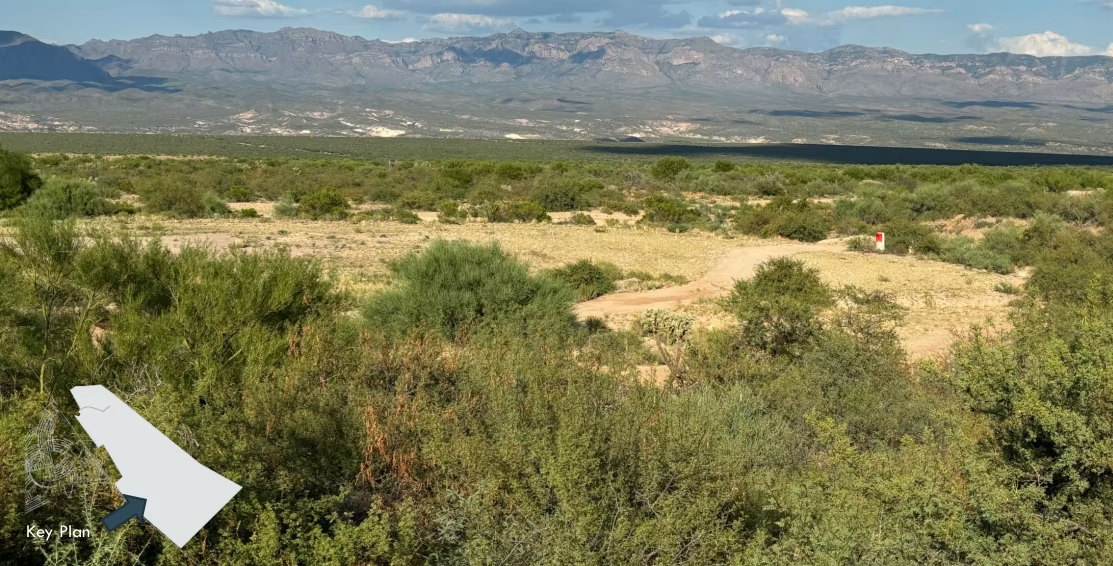
Supporters of the project, including some local residents, view it as an appropriate use for otherwise unusable land. The developer projects up to $70 million in state and local tax revenues over the project’s 35-year operational life, benefiting local schools and fire districts. Some community members expressed support for the project’s potential to bring construction jobs and economic activity to the area, though operational staffing would be limited to a few permanent positions.
The project has now cleared a significant hurdle, receiving approval from the Pinal County Board of Supervisors to amend the comprehensive plan land use designation from Moderate Low Density Residential to Green Energy Production. The amendment approval required a super majority and passed with four supervisors voting in favor and one against. This followed earlier split recommendations from advisory bodies – the Citizen Advisory Committee narrowly recommended approval with a vote of 8-7, while the Planning and Zoning Commission voted 5-2 in favor of the land use change. These votes specifically addressed the comprehensive plan amendment, not the zoning change or final construction approval which will require separate future approvals.
If approved for construction, the project timeline indicates construction would begin in Q2 2026, with commercial operation starting in Q2 2027. Before construction can begin, the project must complete several additional steps, including interconnection studies through Q1 2025, rezoning applications in Q1-Q2 2025, and permitting through Q3 2025. The project’s operational lifespan is expected to be 30 to 40 years, after which the site would be decommissioned with equipment removed and the land reclaimed according to applicable requirements and agreements with landowners.
